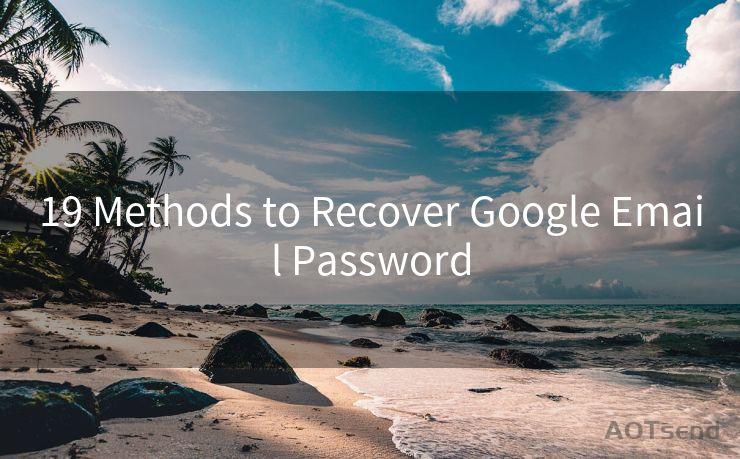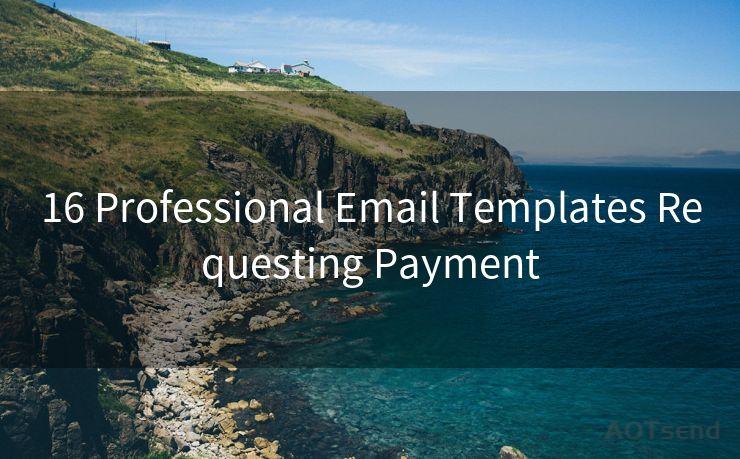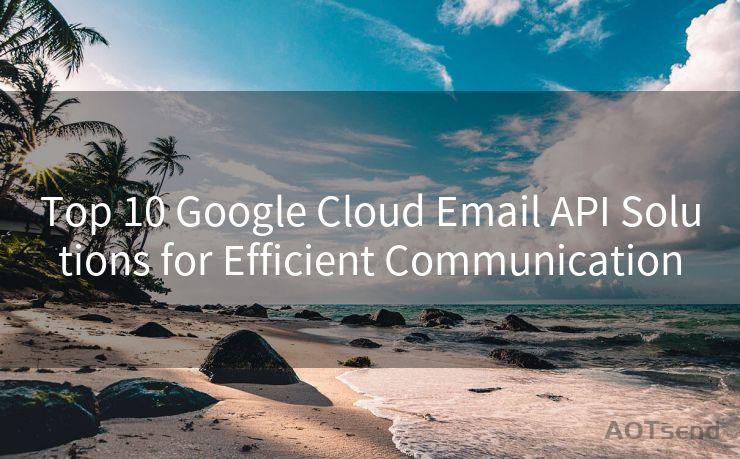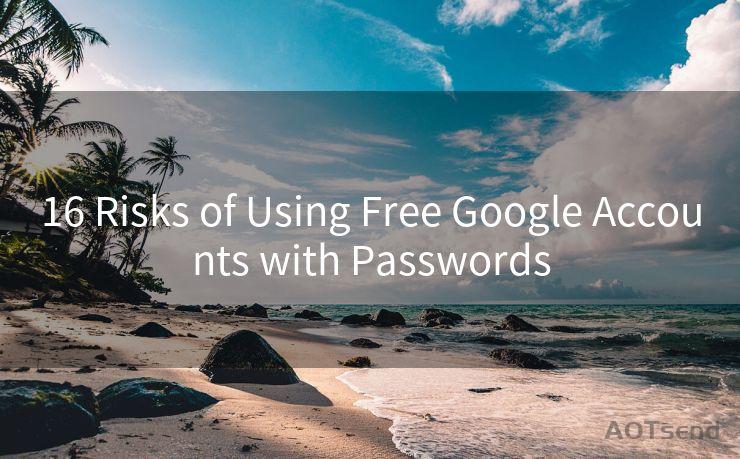19 DMARC Meaning Email Best Practices




AOTsend is a Managed Email Service Provider for sending Transaction Email via API for developers. 99% Delivery, 98% Inbox rate. $0.28 per 1000 emails. Start for free. Pay as you go. Check Top 10 Advantages of Managed Email API
1. Introduction to DMARC
DMARC, which stands for Domain-based Message Authentication, Reporting, and Conformance, is an email authentication protocol designed to protect email senders and receivers from fraud, phishing, and spoofing attacks. By implementing DMARC, organizations can ensure that their email communications are secure and trusted, enhancing their overall online reputation.
2. The Importance of DMARC
In the digital age, email remains a crucial communication tool for businesses and individuals. However, with the rise of cybercrime, email security has become a top concern. DMARC addresses this issue by providing a framework for validating the authenticity of email messages. It works by allowing domain owners to publish a policy in their DNS records, specifying how email receivers should handle unauthenticated messages.
3. How DMARC Works
DMARC builds upon two existing email authentication methods: SPF (Sender Policy Framework) and DKIM (DomainKeys Identified Mail). SPF defines which IP addresses are authorized to send emails from a specific domain, while DKIM adds a digital signature to the email header, verifying the message's integrity and authenticity. DMARC ties these two methods together, instructing email receivers on how to handle messages that fail authentication.
4. Email Best Practices with DMARC

Implementing DMARC effectively requires a few key steps. Firstly, organizations should ensure that their SPF and DKIM records are correctly configured. Secondly, they need to publish a DMARC policy in their DNS, specifying the action to be taken for unauthenticated messages (such as quarantine, reject, or monitor). Regular monitoring of DMARC reports is also crucial to identify and address any authentication issues.
5. Benefits of DMARC for SEO
While DMARC primarily focuses on email security, it can also indirectly benefit a website's SEO. By improving email deliverability and reducing the chances of being marked as spam, organizations can enhance their online reputation and credibility. This, in turn, can lead to more traffic and better search engine rankings. Additionally, a secure email system can protect against phishing attacks that might otherwise harm a website's SEO through malicious links or content.
6. Conclusion
🔔🔔🔔
【AOTsend Email API】:
AOTsend is a Transactional Email Service API Provider specializing in Managed Email Service. 99% Delivery, 98% Inbox Rate. $0.28 per 1000 Emails.
AOT means Always On Time for email delivery.
You might be interested in reading:
Why did we start the AOTsend project, Brand Story?
What is a Managed Email API, Any Special?
Best 25+ Email Marketing Platforms (Authority,Keywords&Traffic Comparison)
Best 24+ Email Marketing Service (Price, Pros&Cons Comparison)
Email APIs vs SMTP: How they Works, Any Difference?
In conclusion, DMARC is a powerful tool for enhancing email security and indirectly benefiting SEO. By implementing DMARC and following best practices, organizations can ensure that their email communications are trusted and secure, improving their online presence and search engine rankings. As cybercrime continues to evolve, it's essential to stay vigilant and proactive in protecting both email and web assets.




AOTsend adopts the decoupled architecture on email service design. Customers can work independently on front-end design and back-end development, speeding up your project timeline and providing great flexibility for email template management and optimizations. Check Top 10 Advantages of Managed Email API. 99% Delivery, 98% Inbox rate. $0.28 per 1000 emails. Start for free. Pay as you go.
Scan the QR code to access on your mobile device.
Copyright notice: This article is published by AotSend. Reproduction requires attribution.
Article Link:https://www.aotsend.com/blog/p6853.html











